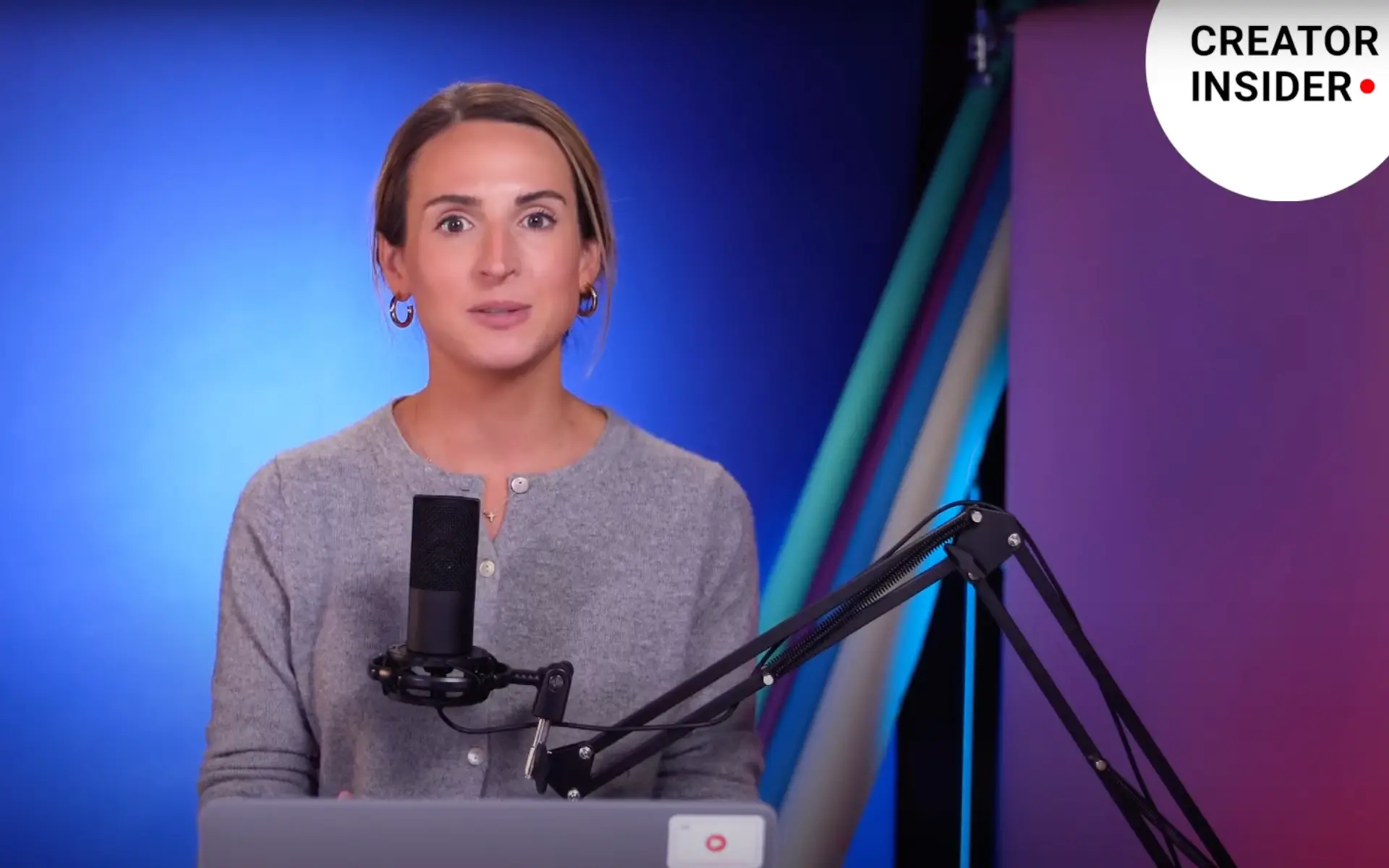YouTube expands AI-powered auto-dubbing
YouTube's auto-dubbing tool will soon support more languages, enabling creators to reach wider international audiences.

On September 18, 2024, YouTube announced a significant expansion of its AI-powered auto-dubbing feature during the Made on YouTube event. This development, revealed just six days ago, aims to help creators reach global audiences more effectively by automatically translating their content into multiple languages.
The auto-dubbing tool, previously available to a limited number of creators in beta, will soon be accessible to hundreds of thousands of content producers on the platform. This expansion marks a significant step in YouTube's efforts to break down language barriers and facilitate global content distribution.
According to Lauren, a program manager at YouTube and producer of Creator Insider, the auto-dubbing feature was initially limited to translating between English, Spanish, and Portuguese. However, the upcoming update will introduce support for additional languages, including French and Italian.
The auto-dubbing process will be integrated into the video upload workflow, with creators having the option to opt out if desired. This streamlined approach aims to simplify the process of creating multilingual content, potentially opening up new audiences for creators without requiring extensive manual translation work.
YouTube's decision to expand this feature comes in response to growing interest from the creator community. The platform has recognized the demand for tools that can help content producers reach international viewers more easily, especially as the global online video market continues to expand.
The auto-dubbing technology utilizes advanced artificial intelligence to generate voice-overs that match the original content's tone and pacing. While the exact technical details of the AI system have not been disclosed, it likely employs a combination of natural language processing, speech synthesis, and machine learning algorithms to produce natural-sounding translations.
This development is part of a broader set of announcements made during the Made on YouTube event. The platform is introducing various new features and tools designed to enhance the creator experience and improve content discoverability.
The expansion of auto-dubbing capabilities aligns with YouTube's ongoing efforts to support creators in reaching wider audiences. By reducing language barriers, the platform aims to foster a more inclusive and globally connected community of content creators and viewers.
For creators, this feature could potentially lead to significant growth in their international viewership. Content that was previously limited to speakers of a single language can now be automatically adapted for viewers around the world. This could be particularly beneficial for educational content, tutorials, and other informative videos where clear communication is crucial.
However, the effectiveness of AI-generated dubbing may vary depending on the type of content. While it may work well for straightforward informational videos, more nuanced content such as comedy or content heavily reliant on cultural context may present challenges for automated translation systems.
YouTube has not provided specific details on how creators can ensure the quality of auto-dubbed content or what level of control they will have over the final output. These are important considerations, as creators will likely want to maintain the integrity and tone of their original content across different language versions.
The rollout of this expanded auto-dubbing feature is expected to occur gradually over the coming months. YouTube has not announced a specific timeline for when all eligible creators will have access to the tool, nor have they detailed any potential costs associated with using the feature.
This move by YouTube reflects a growing trend in the tech industry towards leveraging AI for language translation and localization. Other platforms and services have been exploring similar technologies to break down language barriers and facilitate global communication.
The expansion of auto-dubbing also raises questions about the future of human translators and voice actors in the content creation industry. While AI-powered solutions can offer speed and scalability, there may still be scenarios where human expertise is preferred or necessary, particularly for content that requires cultural nuance or emotional delivery.
YouTube's announcement has garnered attention from creators and industry observers alike. Many are eager to see how effectively the AI-powered dubbing can capture the nuances of different languages and maintain the original creator's style and intent.
As with any AI-driven technology, there are likely to be ongoing improvements and refinements to the auto-dubbing system. YouTube will presumably gather feedback from creators and viewers to enhance the quality and naturalness of the generated voice-overs over time.
The introduction of expanded auto-dubbing capabilities is just one aspect of YouTube's broader strategy to support creators and enhance the platform's global reach. Other announcements from the Made on YouTube event included updates to monetization options, new creative tools, and improvements to the platform's recommendation algorithms.
For viewers, this development could mean access to a more diverse range of content from creators around the world. It may also lead to an increase in multilingual channels, where content is available in multiple language options, catering to a global audience.
Key facts about YouTube's auto-dubbing expansion
- Announced on September 18, 2024, during the Made on YouTube event
- Previously limited to English, Spanish, and Portuguese translations
- Expanding to include French, Italian, and other languages
- Will be available to hundreds of thousands of creators
- Automatically applies dubbing upon video upload, with opt-out option
- Part of YouTube's strategy to help creators reach global audiences
- Utilizes AI technology for voice-over generation
- Rollout expected over the coming months
- Exact timeline and potential costs not yet disclosed
- Aims to reduce language barriers in content consumption
- May impact the role of human translators and voice actors in content creation

